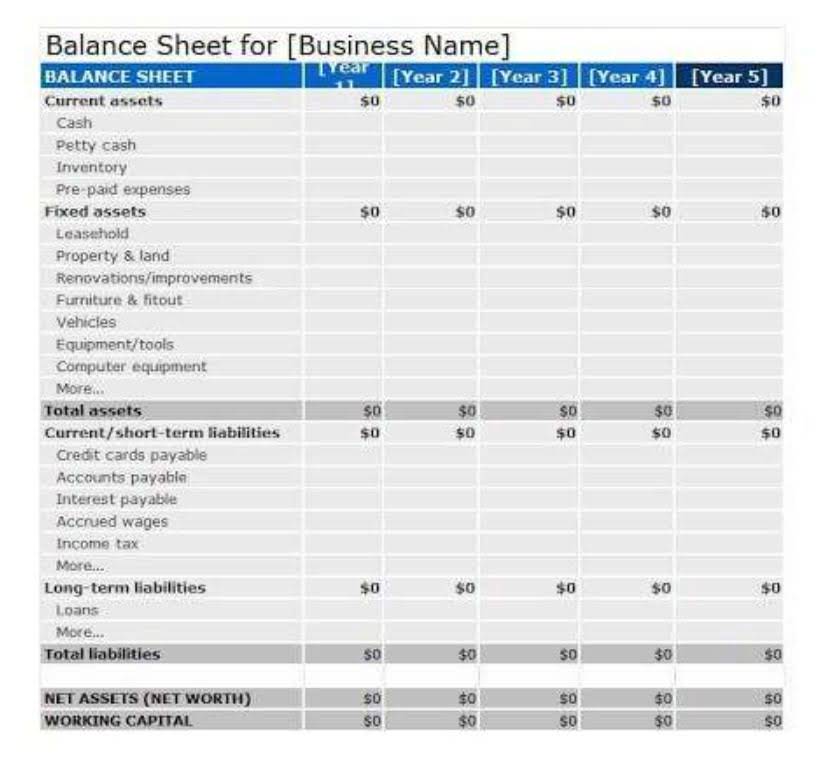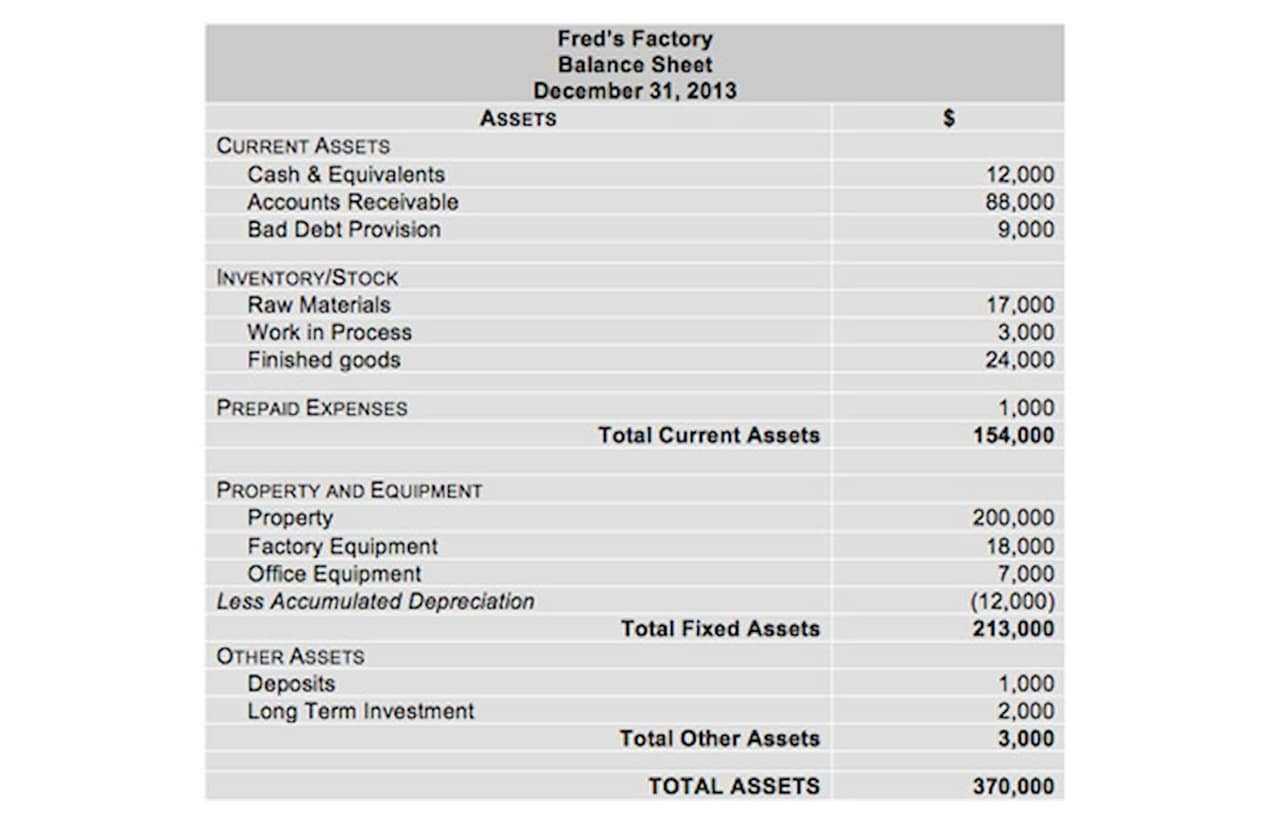Financial and Accounting Guide for Not-for-Profit Organizations John H McCarthy, Nancy E. Shelmon, John A. Mattie

When you’re putting together a financial report for your nonprofit, you want it to be more than just numbers. This part covers cash from your everyday activities, like running your programs and services. Nonprofit statements show how donations are used and how the organization is making a difference. Companies are getting more into philanthropy these days, with corporations giving over $21 billion to nonprofits in 2022 alone through matching gifts, volunteering grants, fundraising matches, and more. Financial statements allow the board see how well you’re sticking to the budget and if everything follows accounting rules. Your board members need to keep an eye on your nonprofit’s finances, but they don’t have to become finance pros to do this.
Financial report template for nonprofit organizations
- One major difference between the statement of activities and the income statement is that instead of calculating net “profit,” the statement of activities calculates changes in net assets.
- By doing so, you can enhance your organization’s financial management capabilities while fostering a spirit of collaboration and support among peers.
- Maybe you had to spend extra on a last-minute need, or you got a surprise donation boost.
- Unlike for-profit entities, nonprofits encounter unique accounting challenges requiring specialized approaches to maintain transparency and accountability.
Sometimes rolled into the income statement, this focuses retained earnings specifically on spending. The main goal of the not-for-profit income statement is to show how well your nonprofit is doing financially. Nonprofits benefit from perks like tax-exempt status, meaning they don’t have to pay federal income tax on money they raise for their mission.
Understanding nonprofit financial statements and reporting
Creating accurate 501c3 financial reports requires meticulous attention to detail and adherence to accounting standards, such as Generally Accepted Accounting Principles (GAAP). Both nonprofits and for-profits generate financial statements, but they have different names and details. To convince these businesses that supporting your nonprofit is a smart move, you need to show them your financial statements. Sharing your financial statements offers a transparent view of how funds are used and demonstrate responsible management. A good nonprofit financial statement provides the right visibility into your performance so you can make informed stewardship decisions and maintain donor trust and confidence. By understanding the basics of nonprofit accounting, your team will be better equipped to fund its mission and make strategic decisions about your organization’s future.
Just for NFP Section Members

Although it’s possible to manually generate financial statements from your ledger or spreadsheet, it takes a ton GAAP for Nonprofits of accounting knowledge and time to do it right. In most cases, it’s better to let your accounting software or a bookkeeper take care of this step for you. Once you have a clear understanding of your nonprofit’s needs, the next step is to explore the myriad of accounting software options available in the market.

Nonprofit Accounting: Key Practices for Financial Success

Don’t use your personal bank account to receive, hold or disburse money for your nonprofit. Make sure all of your nonprofit’s transactions go through a dedicated bank account. Ask your bank whether they offer business checking accounts tailored to nonprofits. This is important because nonprofits often have very specific rules around different funding sources. Most nonprofits elect some kind of treasurer or financial officer to manage all of the organization’s finances. Using a personal bank account and keeping a shoebox full of receipts isn’t going to cut it.
Compliance and governance information
- Key components are segregation of duties, transaction approvals, and regular audits.
- By pinpointing these challenges, you can better articulate what you need from an accounting software solution.
- For instance, if donations have increased, share which campaigns or events contributed to that growth.
- These forecasts support long-term sustainability and inform strategic planning.
- NANCY E. SHELMON retired as a senior partner from PricewaterhouseCoopers in 2010 after more than thirty years working with not-for-profit and higher education clients.??
- These powerful, trusted platforms are primarily designed for business accounting, but their robust features can be configured for nonprofit use fairly easily.
The core of nonprofit accounting is accountability, meaning your goal in your accounting practices should be ensuring honesty and transparency with your donors, other stakeholders, and the government. Once you’ve got your bookkeeping system setup and have started generating financial statements, the final piece of the nonprofit accounting puzzle is getting your tax obligations straight. Just like the statement of financial position, the statement of activities keeps net assets that have conditions and stipulations attached to them separate from unrestricted funds. Many software providers offer free trials or demos—take advantage of these opportunities to assess how easily your team can Legal E-Billing navigate the platform. Customization is another vital aspect to consider when selecting accounting software. Every nonprofit has its unique processes and reporting requirements; therefore, having a solution that allows for customization can significantly enhance its effectiveness.

If I qualify for tax-exempt status, do I still have to pay some taxes?

Maybe you had to spend extra on a last-minute need, or you got a surprise donation boost. Just be honest about the big swings and let everyone know how you’re handling them. If you spent more than planned on a project or if donations came in higher than expected, explain why. If expenses have risen, explain the reasons and how they align with your mission and plans. If donations are up from last year, highlight the strategies that led to that improvement.





